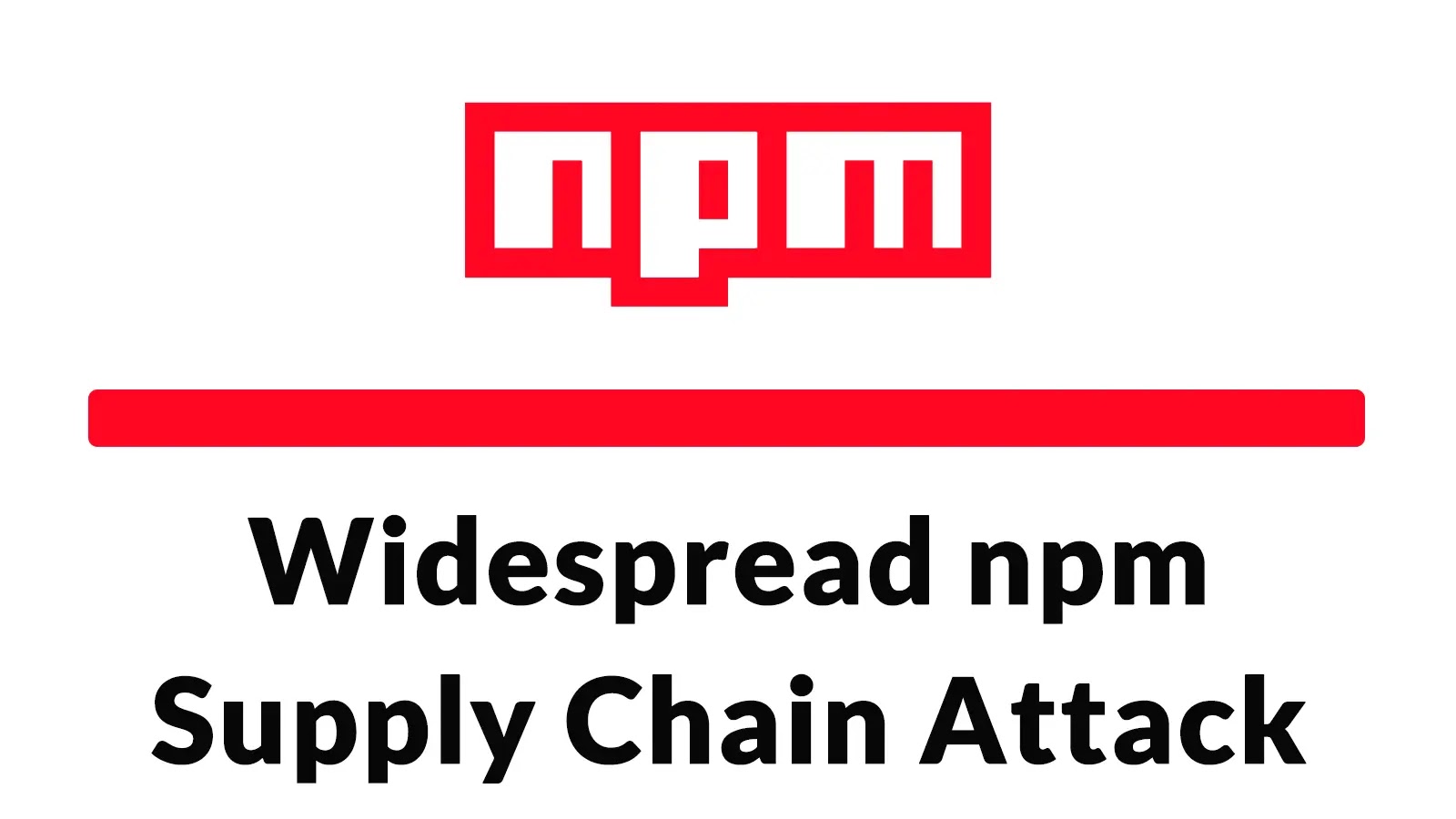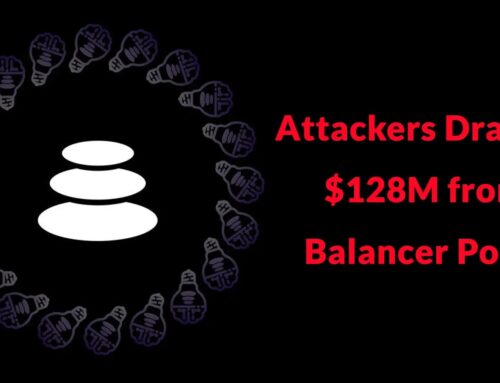
Hackers Booked Very Little Profit with Widespread npm Supply Chain Attack
The Illusion of Low Profit: Unpacking the Widespread npm Supply Chain Attack
The digital landscape is a constant battleground, where the integrity of critical infrastructure often hinges on the security of its smallest components. Recent developments have shone a stark light on this reality, as a sophisticated supply chain attack targeting the widely used npm ecosystem surfaced in late August. While initial reports might suggest a limited financial return for the perpetrators, the true implications of this incident extend far beyond mere profit margins. This was not a simple smash-and-grab; it was a deliberate and calculated attempt to compromise the very foundations of countless software projects.
Anatomy of a Sophisticated Attack: Beyond Typosquatting
At first glance, the attack bore the hallmarks of a familiar adversary: typosquatting. This technique, where attackers register domain names or package names similar to legitimate ones to trick users, is a common tactic in the cyber arsenal. However, deeper analysis revealed a more elaborate and insidious campaign. This wasn’t merely about confusing developers with a misspelled package name; it involved a far more direct and devastating approach.
The attackers leveraged compromised maintainer credentials to publish backdoored modules directly under legitimate and popular JavaScript libraries. This distinction is crucial. Instead of relying on user error, they gained direct access to the supply chain itself, effectively poisoning the well at its source. This bypasses many traditional security measures and injects malicious payloads into thousands of downstream projects with alarming ease.
The True Costs: Beyond Immediate Financial Gain
The reported “little profit” booked by the attackers is a deceptive figure. While the direct monetary gain might have been minimal, the true cost of such an attack is multifaceted and far-reaching. Consider the following:
- Reputational Damage: For open-source projects and maintainers, a security incident of this magnitude can severely damage trust and credibility.
- Development Delays and Remediation Costs: Organizations relying on compromised libraries face significant disruptions, requiring extensive hours and resources to identify, isolate, and remediate the malicious code.
- Data Exfiltration and System Compromise: The backdoored modules could have been designed to exfiltrate sensitive data, gain persistent access to systems, or facilitate further attacks within compromised environments.
- Erosion of Supply Chain Trust: Every successful supply chain attack erodes the overall trust in the software ecosystem, leading to increased scrutiny, slower adoption of new libraries, and a general climate of suspicion.
Even if the direct financial reward for the attackers was low, the potential for long-term strategic advantage and disruptive capabilities cannot be understated.
Remediation Actions and Proactive Defense
For IT professionals, security analysts, and developers, understanding the mechanisms of this attack is paramount to building resilient defenses. Proactive measures are essential to mitigate the risks associated with dependency-based vulnerabilities and supply chain attacks.
- Regular Dependency Audits: Implement automated tools to regularly scan and audit all project dependencies for known vulnerabilities and suspicious activity. Tools like Snyk, OWASP Dependency-Check, and npm audit are invaluable.
- Least Privilege for Maintainers: Enforce strict access control policies for npm package maintainers, including multi-factor authentication (MFA) and regular credential reviews.
- Supply Chain Security Tools: Employ specialized tools that monitor and validate the integrity of your software supply chain from development to deployment.
- Automated Static and Dynamic Analysis: Integrate static application security testing (SAST) and dynamic application security testing (DAST) into your CI/CD pipelines to detect malicious code patterns or anomalous behavior.
- Hashing and Signature Verification: Where possible, verify the hashes and digital signatures of downloaded packages against trusted sources to detect tampering.
- Incident Response Plan: Develop and regularly test a comprehensive incident response plan specifically for supply chain compromises.
Tools for Detection and Mitigation
| Tool Name | Purpose | Link |
|---|---|---|
| Snyk | Developer security platform for identifying and fixing vulnerabilities in code, dependencies, and containers. | https://snyk.io/ |
| OWASP Dependency-Check | Identifies project dependencies and checks if there are any known, publicly disclosed vulnerabilities. | https://owasp.org/www-project-dependency-check/ |
| npm audit | Built-in npm command to identify vulnerabilities in project dependencies. | https://docs.npmjs.com/cli/v8/commands/npm-audit |
| Software Bill of Materials (SBOM) Generators | Tools like SPDX or CycloneDX generate a formal, machine-readable list of components and their supply chain relationships. | https://spdx.org/ or https://cyclonedx.org/ |
Lessons Learned and Moving Forward
The npm supply chain attack, regardless of its immediate financial yield for the perpetrators, serves as a powerful reminder of the persistent and evolving threats to the software ecosystem. The shift from common trickery like typosquatting to direct compromise of maintainer credentials signifies a worrying escalation in attack sophistication. Organizations must move beyond basic security hygiene and adopt a holistic, proactive approach to supply chain security. This involves continuous monitoring, robust authentication, frequent auditing, and an unwavering commitment to the integrity of every component in their software stack. The cost of complacency far outweighs the investment in robust security measures.





